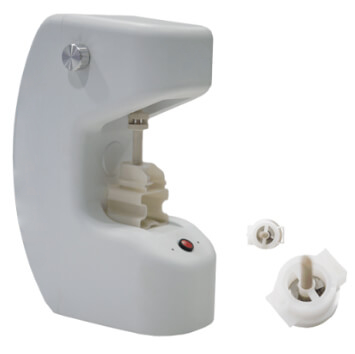
Our Clinic uses a specially designed system using autologous cell transplantation, the application of which includes a number of indications in regenerative medicine. During a single session, where the patient is both a donor and recipient of an autologous transplant, we can stimulate the treated area using progenitor cells, stem cells and growth factors obtained from the graft collection site.
The system was created to obtain a cell suspension capable of tissue regeneration.
Androgenetic alopecia
Androgenetic alopecia occurs due to sensitivity of hair follicles to androgens. This is the most common cause of hair loss and occurs in 70% of men and 40% of women during a certain period of their lives.
Men usually have a hairline recession at the temples (bends) and baldness at the apex. Often it can lead to complete baldness. In women, it usually manifests itself in the form of diffuse thinning at the top of the head.
Studies indicate that the main factor causing androgenetic alopecia is testosterone and more specifically a testosterone derivative – dihydrotestosterone (DHT). These are male hormones – androgens that occur in men but also in women.
The problem of alopecia does not bypass women, in whom an additional factor affecting the defect – in addition to excess androgens – is the disturbed proportion of female and male sex hormones. Hair loss in women is also favoured by obesity, hypothyroidism and hormonal contraception.
Dihydrotestosterone (DHT) is formed during the transformation of testosterone under the influence of a catalyst – a 5α reductase enzyme that occurs in the sebaceous glands at the hair follicles. This hormone causes hair to gradually weaken and become thinner. Under its influence, the phase of anagen or growth is also significantly shortened and the telogen is extended – hair loss grows more slowly.
Dihydrotestosterone also causes miniaturization of hair follicles, which in turn leads to their shallowing and thinning of the hair. Shorter hair life = faster transition to hair loss. Men with androgenetic alopecia usually have a higher concentration of 5α reductase. The highest concentration of 5α reductase occurs on the scalp.
Therapy
This therapy has a wide range of safety:
- Does not contain chemical reagents
- The system is sealed
- No digestive enzymes used
- Sterile and disposable
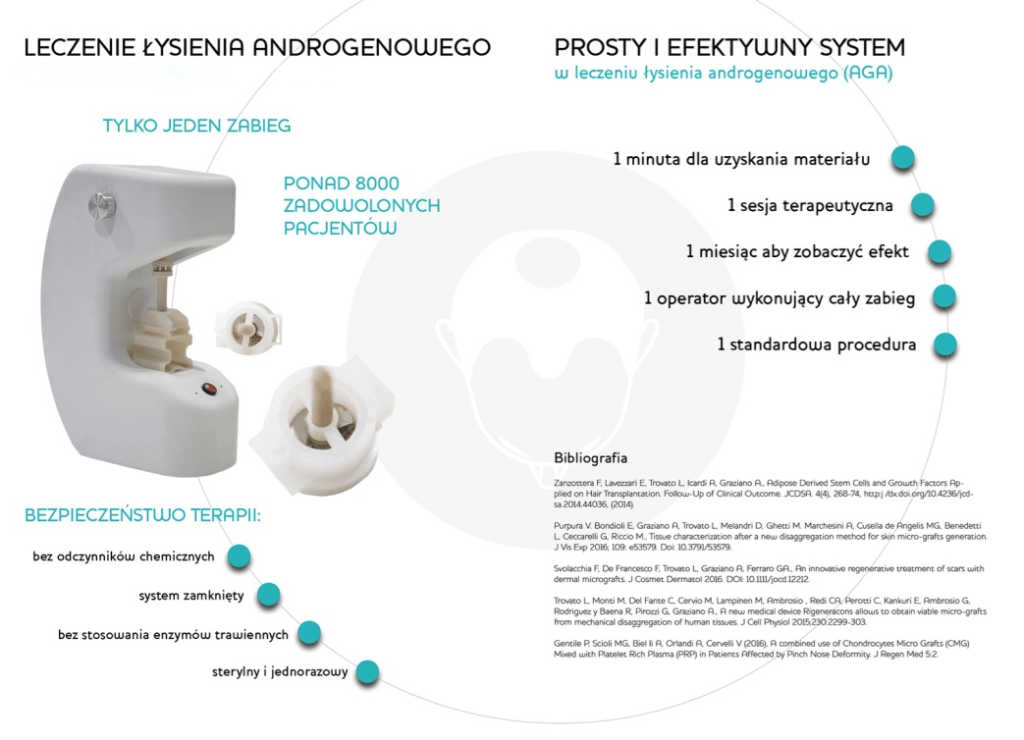
How does the therapy look like?
The procedure is extremely simple and usually lasts 20-30 minutes.
- At the first stage, the doctor takes a small section of skin (one to three biopsies 2.5 mm in diameter) from the nape of the neck on the hairline. This is the area that is least susceptible to androgenetic alopecia. Collection of such a small skin segment allows spontaneous healing of the graft site. This is a completely painless process because the doctor anesthetizes the biopsy site with lidocaine.
- In the next stage, the doctor, using a special device, isolates progenitor cells, stem cells and growth factors that have regenerative capacity from the tissue collected from the patient.
- The suspension prepared this way will be applied to the scalp by mesotherapy in the area of the hair follicles to initiate repair processes.
This extremely simple and fast three-stage treatment allows you to initiate regenerative processes in the scalp and allow you to enjoy the effects of therapy.
How often should the therapy be repeated?
The treatment is performed only once in a single session. There is no need to perform this treatment in series. This treatment can be repeated only after 2-3 years to prevent further hair loss and progression of androgenetic alopecia.
Effects after the procedure
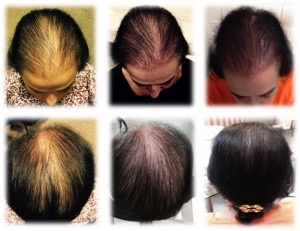
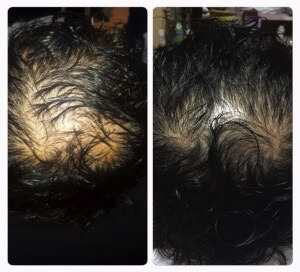
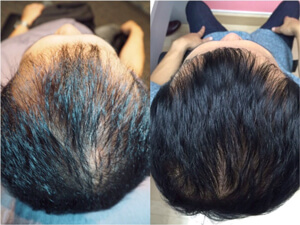
Treatments of androgenetic alopecia are performed by:
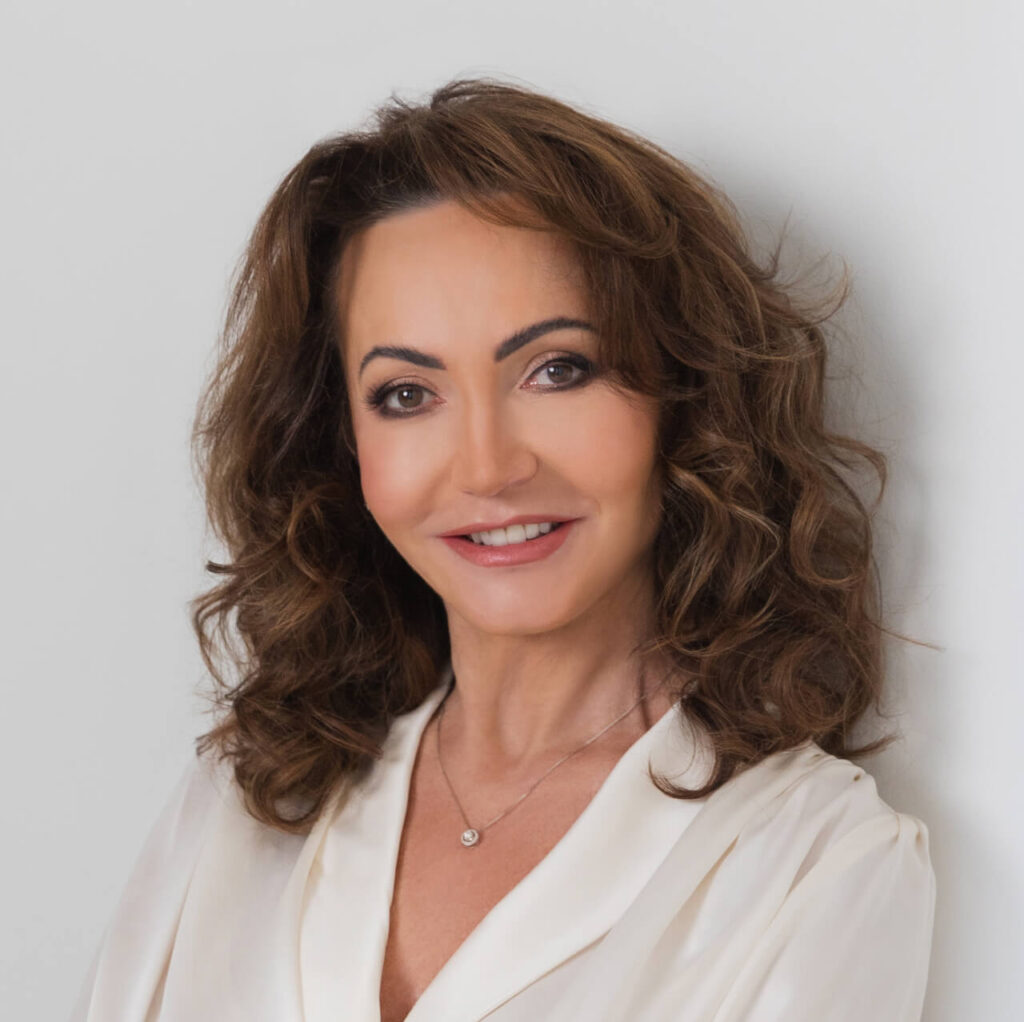
Kamila Stachura, MD
Dermatology Specialist, Aesthetic Medicine Physician